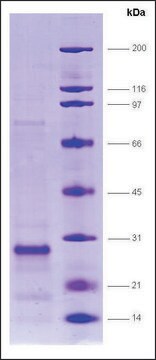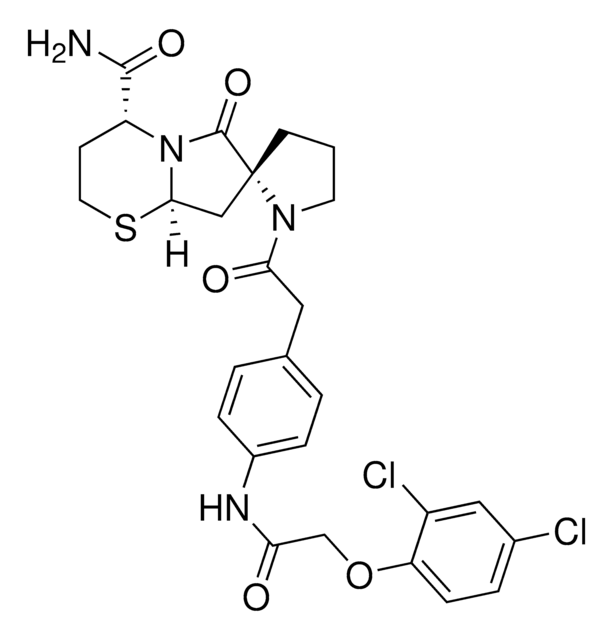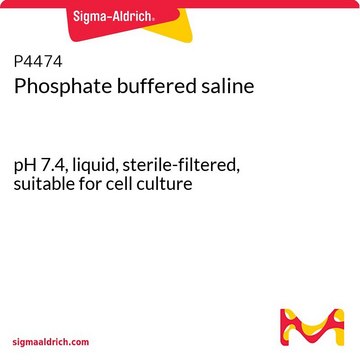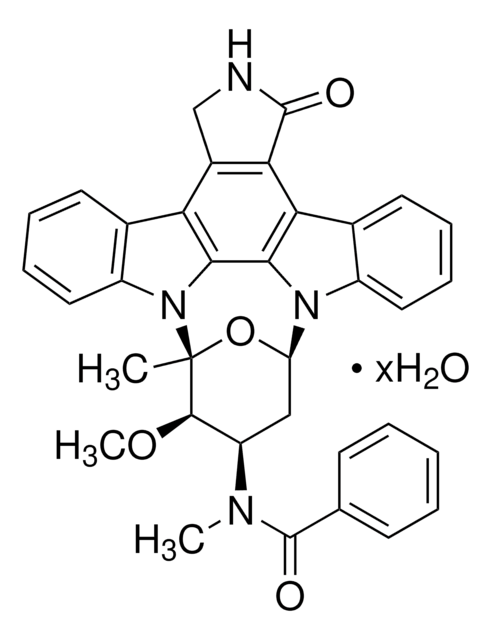SRP2140
PPAR γ, ligand binding domain (204-477), GST tagged human
recombinant, expressed in E. coli, ≥80% (SDS-PAGE)
Synonim(y):
CIMT1, GLM1, NR1C3, PPARG1, PPARG2, PPARgamma
About This Item
Polecane produkty
pochodzenie biologiczne
human
rekombinowane
expressed in E. coli
Próba
≥80% (SDS-PAGE)
Postać
frozen liquid
masa cząsteczkowa
~57.8 kDa
opakowanie
pkg of 10 μg
warunki przechowywania
avoid repeated freeze/thaw cycles
stężenie
450 μg/mL
kolor
clear colorless
numer dostępu NCBI
numer dostępu UniProt
Warunki transportu
dry ice
temp. przechowywania
−70°C
informacje o genach
human ... PPARG(5468)
Działania biochem./fizjol.
Postać fizyczna
Uwaga dotycząca przygotowania
Kod klasy składowania
10 - Combustible liquids
Klasa zagrożenia wodnego (WGK)
WGK 1
Temperatura zapłonu (°F)
Not applicable
Temperatura zapłonu (°C)
Not applicable
Certyfikaty analizy (CoA)
Poszukaj Certyfikaty analizy (CoA), wpisując numer partii/serii produktów. Numery serii i partii można znaleźć na etykiecie produktu po słowach „seria” lub „partia”.
Masz już ten produkt?
Dokumenty związane z niedawno zakupionymi produktami zostały zamieszczone w Bibliotece dokumentów.
Nasz zespół naukowców ma doświadczenie we wszystkich obszarach badań, w tym w naukach przyrodniczych, materiałoznawstwie, syntezie chemicznej, chromatografii, analityce i wielu innych dziedzinach.
Skontaktuj się z zespołem ds. pomocy technicznej








